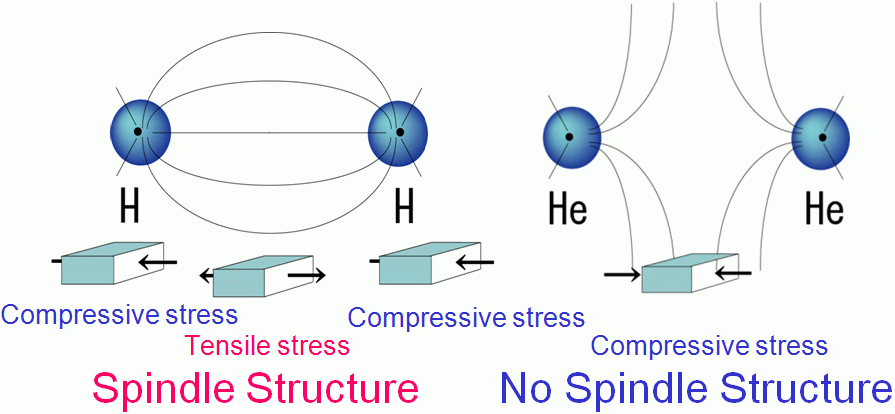
QUANTUM CONDENSED MATTER PHYSICS
The current research activities cover the fields of basic
and applied quantum theory of condensed matter in terms of quantum electrodynamics and quantum gravity:
1. Quantum theory of molecular physics
2. Chemical physics of condensed matter
3. Solid state physics of functionality materials
Key Words:
Meta-IRC (Intrinsic Reaction Coordinate) Theory
Quanum Holonomy of Molecular Vibration
Superconductivity
Quantum Irreversible Thermodynamics
Regional DFT (Density Functional Theory)
Quantum Energy Density
Rigged QED (Quantum Electrodynamics) Theory
Spin Torque
Quantum Gravity
Chemical Potential Inequality Principle
Differential Geometry in Chemical Reaction Dynamics
String Model of Chemical Reactions: External Field Effects of Chemical Reactions
Nonadiabatic Vibronic Interaction for Superconductivity
Wannier Analysis of the Cooper Pairing Force
Quantum Chemical Study of CVD and Interface Reactions
【Regional Chemical Potential Inequality Principle】
【New Images of Chemical Interaction by QED (Quantum Electrodynamics)】
Generally, the relativistic theory has been considered as only a slight correction for the interpretation in chemical phenomena. However, we have first clarified that the Hamiltonian of the quantum electrodynamics (QED), derived from the picture of "action through medium" based on the relativistic theory, gives a novel image of the chemical interaction even in the non-relativistic limit.
As a result, though the energy as an integrating value of the Hamiltonian of QED with respect to the whole space is equivalent to that of a usual ab initio Hamiltonian, conventional images of the chemical interaction based on "action at a distance" are replaced with the new images of them given by the picture of "action through medium" without exception.

Figure 1 The discovery of the "spindle structure" : visualization of covalent bonding as a tensile stress; novel local picture of chemical interaction based on the electronic stress tensor.
【Quantum Electron Spin Vorticity Principle by General Relativity】
We have shown the electron spin torque, zeta force and vorticity as a consequence of the symmetry of energy-momentum tensor of gravitation. We have invoked here the covariant formalism of general relativity equipped with vierbein (tetrad) field on curved spacetime.
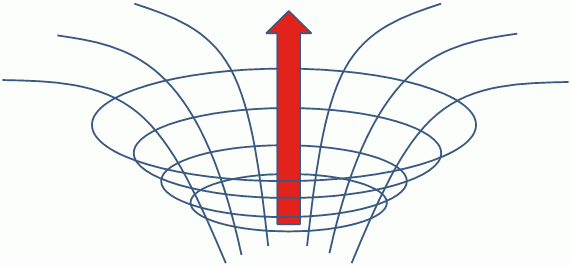
Figure 2 The discovery of the quantum electron spin vorticity principle: the emergence of the electron spin torque, zeta force and vorticity through the principle of equivalence in general relativity.
【Quantum Mechanics 100 years of mystery is solved!】
Double slit phenomenon known as a prediction inability “quantum mechanics of the mystery (Feynman says)” can be every moment predicted by QED. The key lies in solving the dual Cauchy problem, Prof. Tachibana found that the algorithm is provided by alpha oscillator theory of his own.
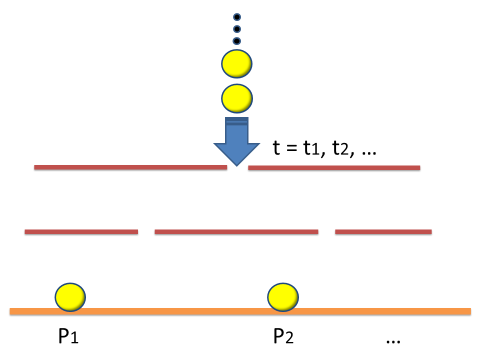
Figure 3 Alpha oscillator theory of the double slit phenomenon solving the dual Cauchy problem: elimination of quantum mechanics 100-year mystery.
It is indispensable to predict properties of electronics devices for the design of device materials with high performance. Recently, first-principle calculations have been recognized as an important tool of investigating structures and properties of devices, and the electronic states affected by the external electric field and current will be needed for the advanced discussion because the devices are practically caused by the electric field and current.
Our laboratory has been developing and improving program codes for the first-principle calculation with the external electric field and current. We clarify the electronic structures of crystals, surfaces, and interfaces of devices under the practical condition in terms of the quantum energy density based on the regional density functional theory with our program codes and give a theoretical guide to quantum design, quantum control, and reliability of novel devices.
The electromigration is a phenomenon of moving atoms on surface or in bulk by a strong electric current. We have carried out the simulation of the electromigration by use of wave packets representing mobile atoms and have discussed the local electronic stresses and the charge density distribution by defining new properties such as the effective charge tensor densities.

Figure 4 Model of Al electromigration on Al (100) surface and effective charges of Al adatom.
Much thinner gate insulating films of transistor have been demanded with the advance of electronic devices in speediness and fineness. However, the excessive thin film of gate insulator does not make sure of the reliability of the device by giving rise to the time-dependent dielectric breakdown, and the performance of the device falls down according to a gain of the stress-induced leak current (SILC).
For the mechanism of a defect production toward the dielectric breakdown, it is known that residual hydrogen atoms in the oxide film are concerned in the defect production. It is necessary to investigate a behavior of the hydrogen atoms for the development of a gate insulating thin film with high reliability.
We have studied detailed mechanisms of the dielectric breakdown of the SiO2 thin film and crystal by analyzing effects of the interstitial hydrogen atoms in SiO2 on the electronic state under the external electric field in terms of the band structure and the quantum energy density. The interstitial hydrogen atoms bring about a serious change in the band structure, and it is proved that they are one of primary causes of the dielectric breakdown. The dynamics of the interstitial hydrogen atoms has also been discussed.
Furthermore, we have investigated the nitridation mechanism for the gate insulating thin film, where the nitridation process is a key issue of the improvement in reliability of the gate insulating thin film.
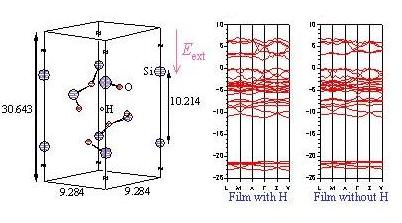
Figure 5 Model of SiO2 thin film with the interstitial H atom and band structures of SiO2 thin film models.
The development of new generation materials in place of SiO2 for the gate insulating thin film has been needed urgently because a thickness of the SiO2 thin film has reached a minimum as a physical limit. The metal oxides with a high dielectric constant (high-k metal oxides) have received much attention as hopeful materials which can raise the performance of transistor without increasing a gate leak current. Many experimental studies on practical use of the high-k gate insulating thin films are doing in both academic and industrial fields of research.
For the development of new devices with high performance, it is essential to estimate the properties of the device crystals and thin films theoretically in advance. In particular, it is very important to estimate the dielectric properties theoretically for the development of high-k materials since the dielectric properties due to the theoretical computation give a precise guide to the design of new gate devices.
We have studied the dielectric properties for the high-k
materials such as ZrO2, HfO2, their silicate compounds, and lanthanide
oxides (Gd2O3 etc.) by the theoretical approaches based on the
first-principle electronic-state calculation. It has been clarified
chemical bonding, polarization, and microscopic images of the electronic
stresses in the devices by the calculation of electronic states under
the external electric field and the analysis in terms of the quantum
energy density. The dielectric constants of crystals and thin films can
be derived by the perturbation theory and the random phase approximation
(RPA) with the first-principle wave functions.
We have applied and
improved our theory for the dielectric properties of devices through
information by experimental research groups.
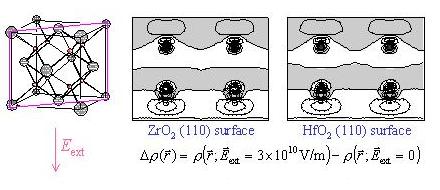
Figure 6 Electron density differences for ZnO2 and HfO2 cubic crystals under the external electric field.